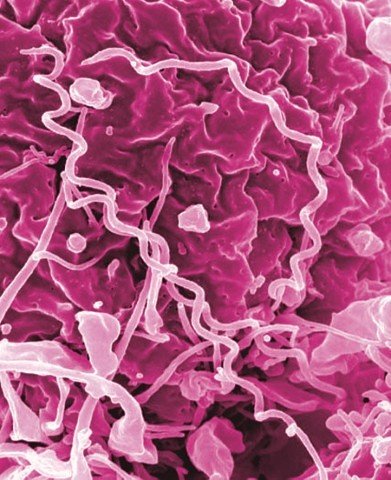COVID-19 took a small but significant toll on children's health in India, with a higher newborn death rate, less consumption of solid or semisolid foods, and lower rates of physical growth, suggests a study published yesterday in JAMA Network Open.
Researchers from Korea University and Harvard University estimated the status of 26 health indicators among 125,812 children pre-pandemic (June 17, 2019, to February 29, 2020) and after it began (March 1, 2020, to May 20, 2021).
The researchers used data from the National Family Health Survey in India, a country with the world's second most COVID-19 infections and third most deaths as of January 2023.
Greatest decline in vaccination rates
After the pandemic began, there was a slight but significant increase in the newborn death rate (0.49 percentage points), a decline in feeding and nutrition (eg, 4.22-percentage-point reduction in solid or semisolid food intake), and an increase in physical growth (eg, 1.87-percentage-point increase in underweight).
The greatest decline was seen in vaccination rates, with 7.74- and 6.51-percentage-point reductions in receipt of the first dose of the diphtheria, pertussis, and tetanus (DPT) and polio vaccines, respectively. Other indicators, many related to health services, either stayed the same or improved slightly. Rates of diarrhea and respiratory infection improved, which the study authors said those findings could be due to the promotion of interpersonal hygiene to quell viral transmission.
"Mixed results from this analysis suggested that adverse consequences of COVID-19 and national lockdown were countered, to some extent, by emergency relief programs," the study authors wrote.
Adverse consequences of COVID-19 and national lockdown were countered, to some extent, by emergency relief programs.
For instance, the Indian government launched a program in 2020 to provide 5 kilograms (kg; about 11 pounds) of grains and 1 kg (2.2 pounds) of legumes monthly to about two thirds of the population. "This initiative may explain the relatively constant or minimally worsened patterns in child nutrition status before and after the outbreak," the researchers wrote. "It also underscored the need to sustain relief programs in nonpandemic times to promote children's health."

 Menstrual cycles may lengthen by up to 1 day following COVID-19 vaccination, but the effect is temporary and vaccination makes little difference in cycle regularity, bleed length, heaviness of bleed, or menstrual pain, according to a
Menstrual cycles may lengthen by up to 1 day following COVID-19 vaccination, but the effect is temporary and vaccination makes little difference in cycle regularity, bleed length, heaviness of bleed, or menstrual pain, according to a  A new
A new 












